Report this entry
More from the same community-collection
2014 Polish American History Weekend City Proclamation
In 2014 a historical exhibit sponsored by the Senate of Poland ...
Southwest University Park - El Paso, TX circa 2017
Southwest University Park is located in downtown El Paso. The ...
Polish Exhibit in El Paso 2014
The opening ceremony, photo shows from right: Julia Bussinger , ...
Pictorial Map of El Paso, Texas and Juarez, Mexico
Visitor guide with pictorial map of El Paso, Texas and ...
Southern Pacific Railroads, El Paso,TX circa 1905
Southern Pacific Railroad (E. P & S W. ) railroad yards, Photo ...
Johnson's Automobile Repair Shop - El Paso, Texas
Johnson's Automobile Repair Shop located at 326 Texas St. This ...





















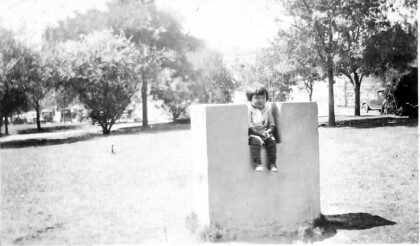
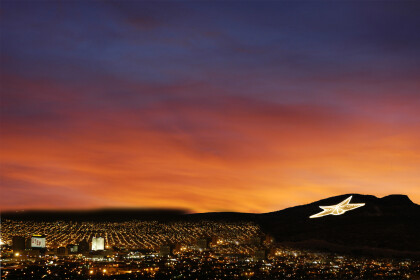
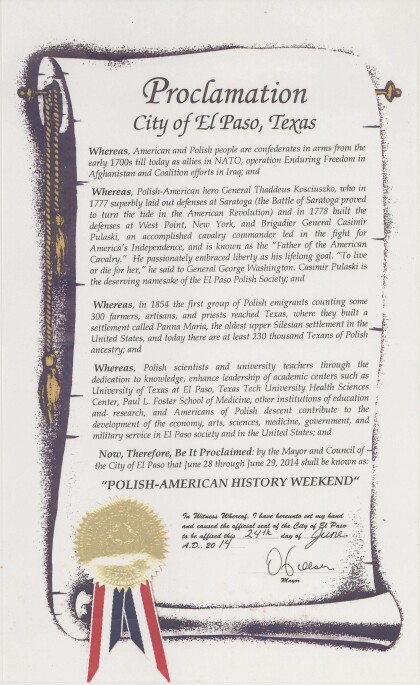
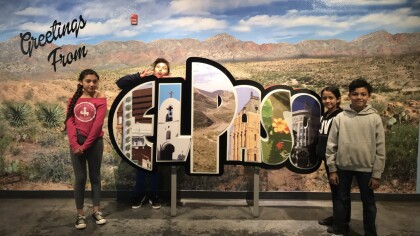
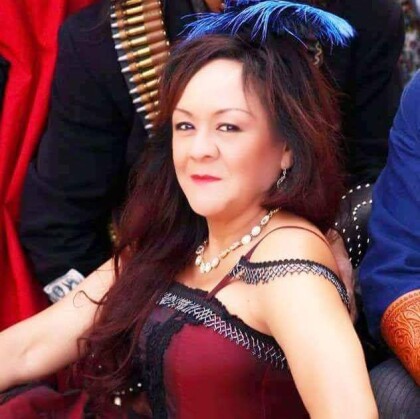
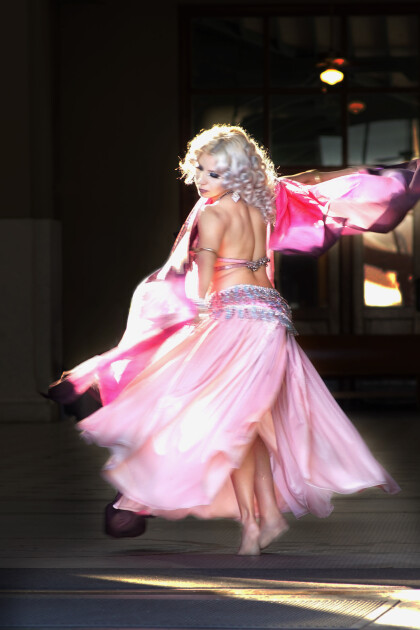
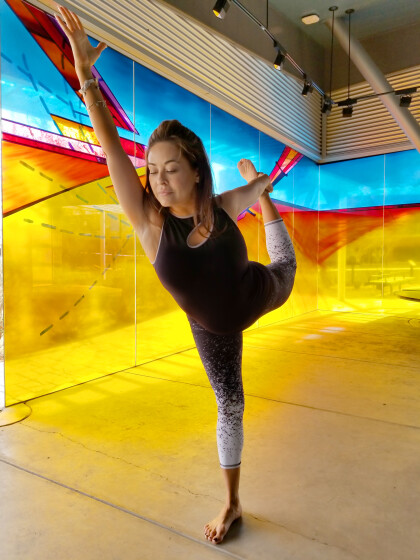
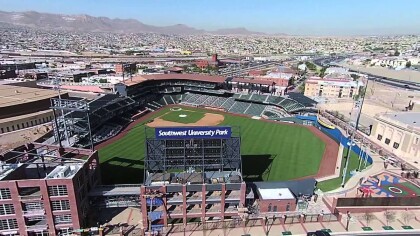
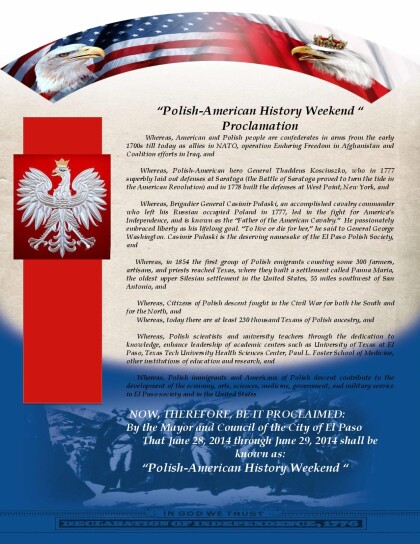
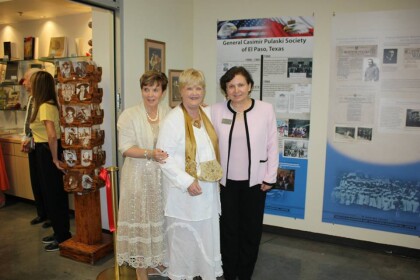
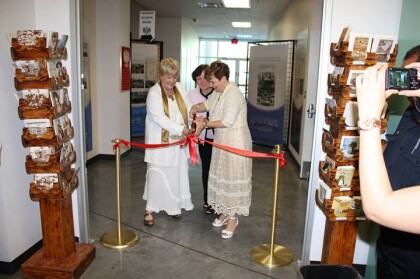
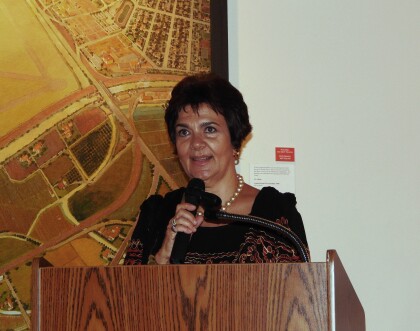
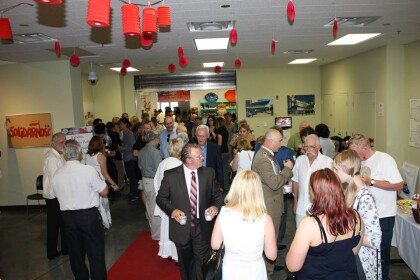
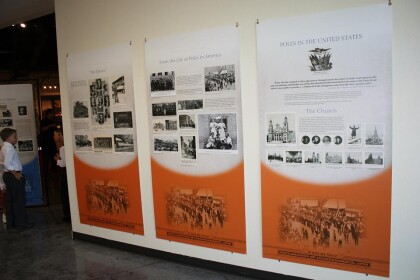
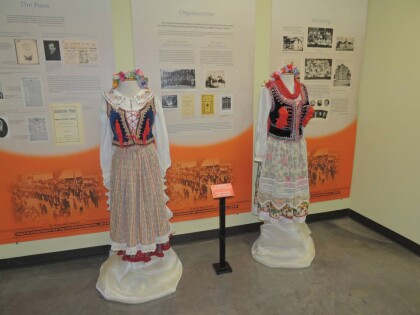
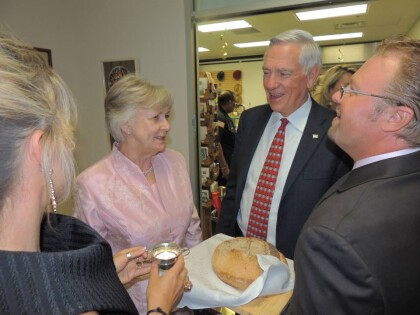
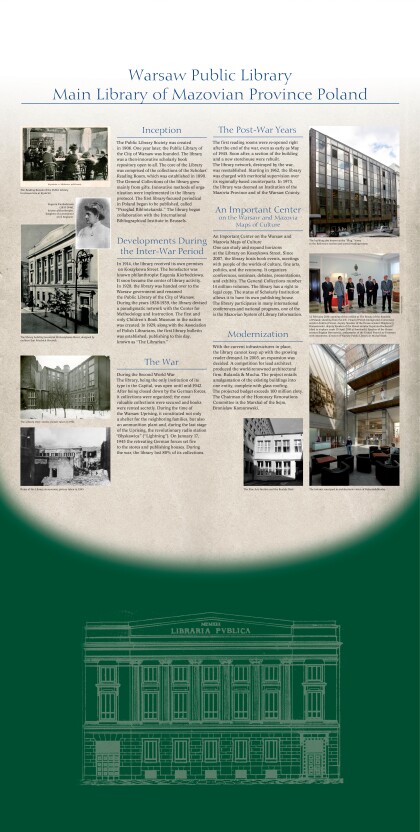
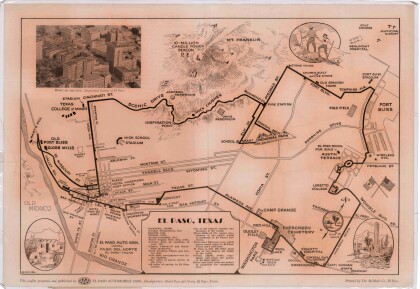
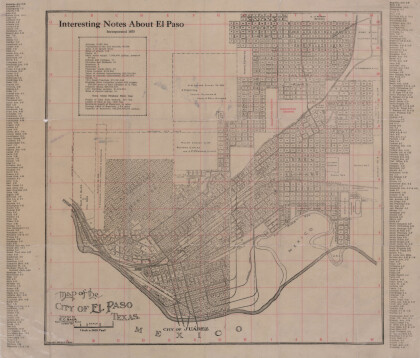
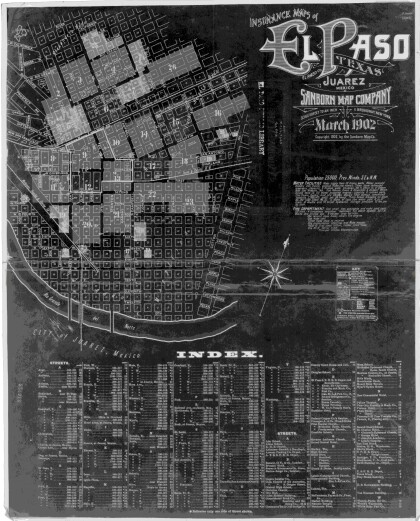
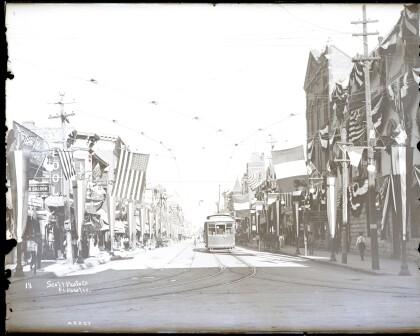
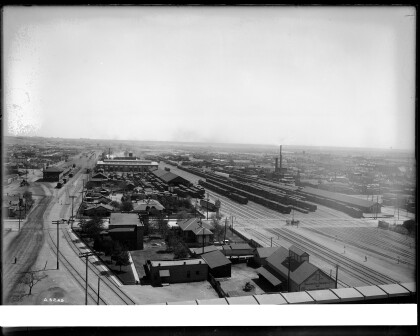
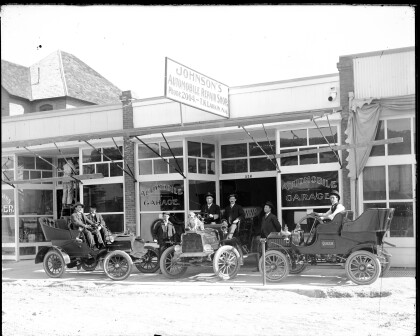
Comments
Add a comment